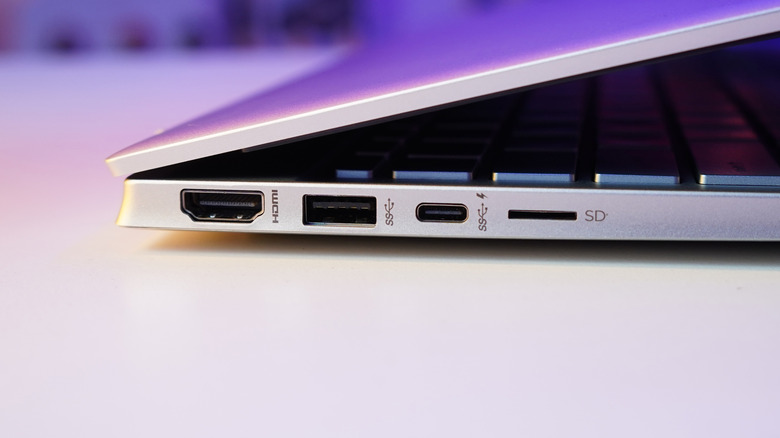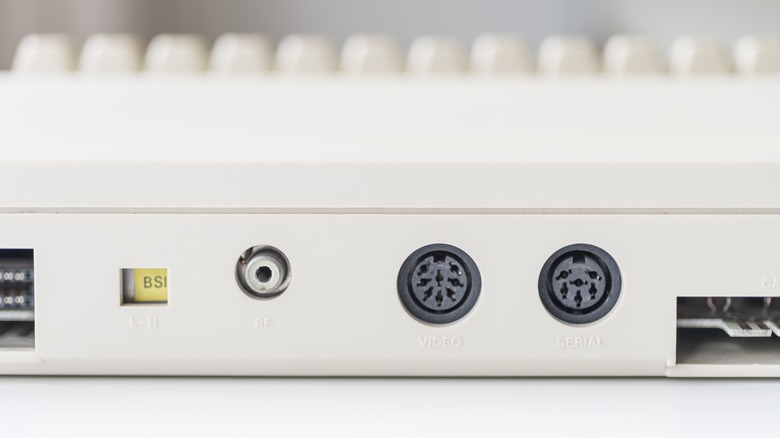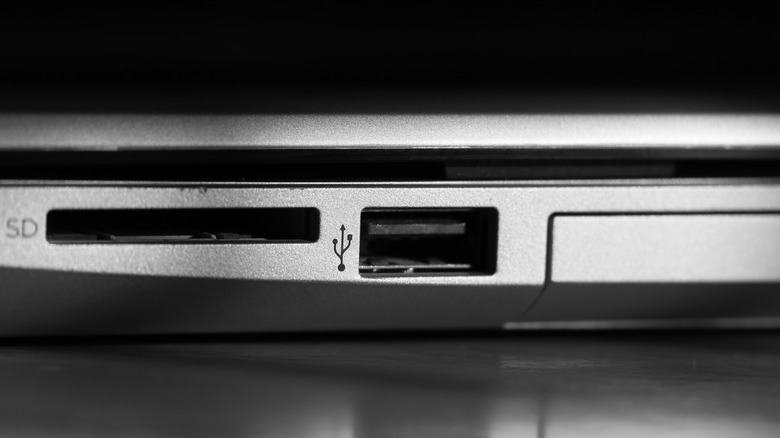What Did Computers Use Before The USB Port Was Invented?
The USB port is something most of us take for granted. You plug in a phone, keyboard, or one of the many useful USB gadgets out there, and it just works. But not too long ago, this was basically science fiction. USB (short for Universal Serial Bus) didn't even exist until 1996; before then, plugging in peripherals was a bit like assembling IKEA furniture blindfolded: too many parts, unclear instructions, and guaranteed tears.
Computers of the '80s and early '90s were cluttered with ports: serial, parallel, PS/2, SCSI, and the occasional proprietary oddball. Each had its own connector type, data rate, and setup ritual. Plugging something in wasn't the end of the process; it was just the start. You had to manually assign settings like IRQs, COM ports, and baud rates — settings that sound more like aircraft controls than home computing.
If you were unlucky, installing a new printer meant opening your computer, adding another interface card, and hoping you didn't fry something in the process. Nothing was standardized, and every manufacturer played by its own rules. Unsurprisingly, the result was pure chaos. To understand how bad it really was, it helps to look at the ports themselves to see what they did and why none of them could make computing truly universal.
Computer ports before USB
First, there were the serial ports (RS-232 and variants). They handled mice, modems, and the occasional printer, but moved data at a crawl, measured in kilobits per second. Worse, you had to manually match baud rate and COM port settings; one wrong value and the whole thing wouldn't work.
Then came the parallel port, a chunky 25-pin connector primarily for printers. It could move multiple bits at once, so it was faster than serial, but only if your cable wasn't too long or your signals didn't go out of sync. You couldn't daisy-chain devices, and each printer had its own set of quirks. The PS/2 port simplified things a little: one round plug for your mouse and another for your keyboard, but it still wasn't universal. Apple, of course, had to be different and used its Apple Desktop Bus (ADB) for peripherals. External hard drives and scanners used SCSI, which was more powerful but also expensive and temperamental. You could connect up to seven devices, but SCSI could require a PhD's worth of patience to get working right. Even game controllers needed their own game port, usually found on a dedicated sound card.
Every device spoke its own dialect, needed its own port, and often its own expansion card. It was tech Babel. Speeds were glacial (parallel ran at around 100 KB/s, serial between 115 and 450 Kbps), and some ports couldn't even run at the same time. By the mid-'90s, the tech giants of the time — including Intel, Microsoft, and Compaq — finally agreed on one port to rule them all, a single, universal standard to connect anything to everything. USB was born and, with it, a revolution in the way we use computers.
How USB changed the game
When USB 1.0 arrived in 1996, it felt like the future. One cable could carry both power and data, so you no longer needed separate connections for each. It also supported hot plugging, meaning you could connect or remove a device without restarting your computer (a small miracle at the time). And, unlike serial or parallel ports, each USB connection could theoretically handle up to 127 devices through hubs.
But it wasn't until USB 1.1 came out in 1998 that the standard actually became usable. It ran at up to 12 Mbps at full speed and 1.5 Mbps for slower devices like mice and keyboards. Modest by today's standards, but light-years ahead of the clunky tech it replaced. Accessory makers didn't jump ship overnight, though. For a while, keyboards, mice, and printers shipped with both old-school connectors and USB ports before finally ditching the legacy ports altogether.
Apple also played a major part in speeding up adoption. The original iMac G3 famously ditched every legacy port in favor of USB alone. Within a few years, manufacturers everywhere followed suit, and "plug and play" finally meant what it said. USB has evolved a lot since then — sometimes in confusing ways — but that plain little port on the side of your laptop quietly solved one of computing's messiest problems.


